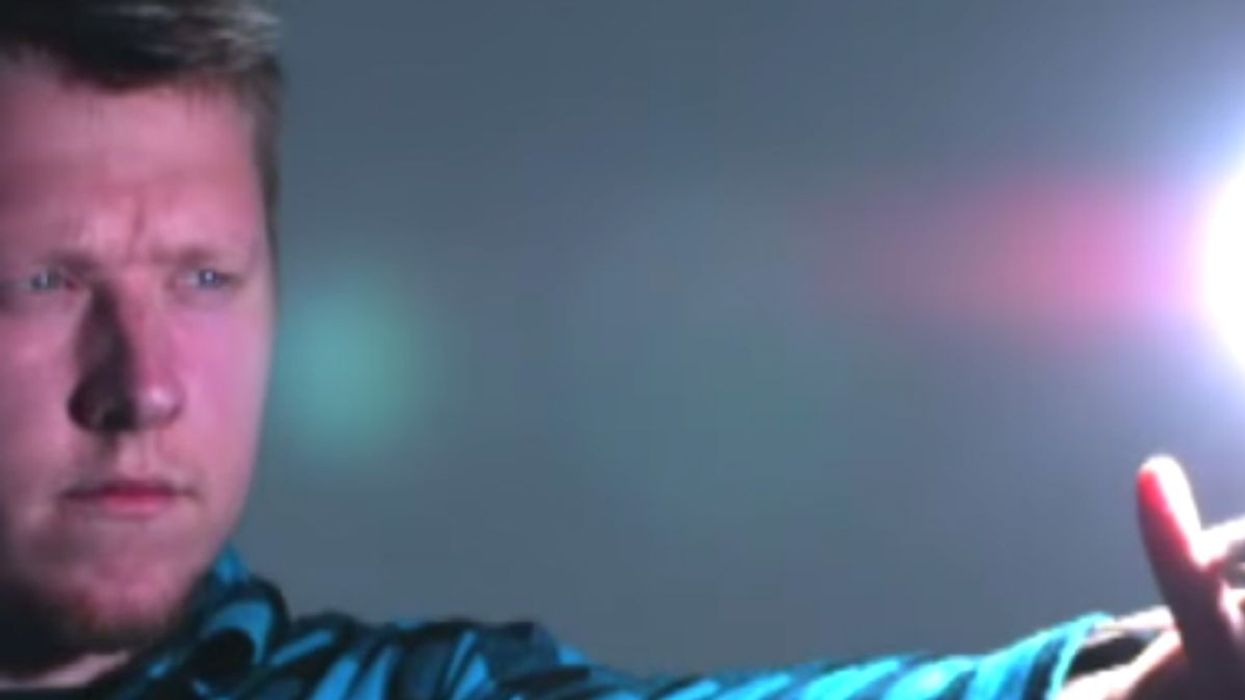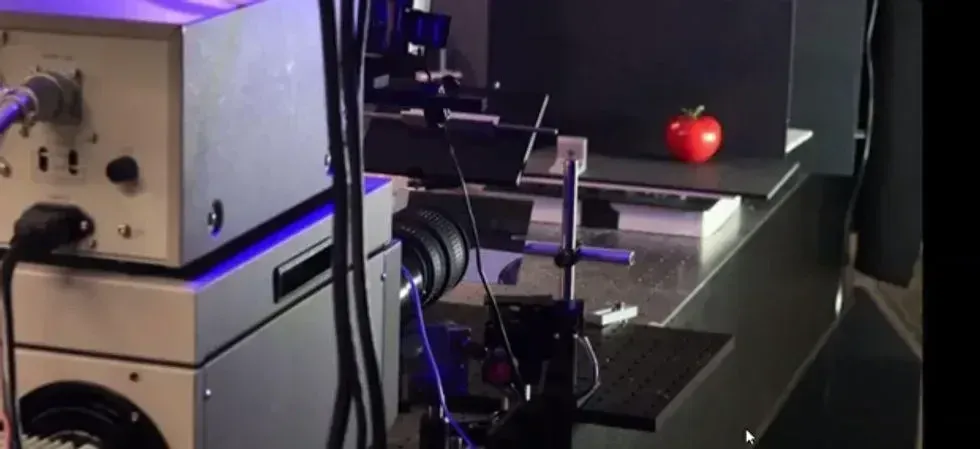This content is brought to you by The Air Force Collaboratory
Trained with the technical tools and skills to find and save lives, Air Force Pararescuemen are often called upon to help when disasters strike.
Whether it’s providing care and rescue to a downed flight crew or helping victims of a natural disaster like the severe flash flooding in Colorado, pararescuemen (known as PJs—a nod to their earlier name, pararescue jumpers) need to be on the scene quickly. PJs work through specific training skills that are designed to maximize their success in the "The Golden Hour"—the first hour after disasters occur. If a PJ can find a victim under a collapsed structure and then render aid in the first 60 minutes, the odds of survival increase dramatically.
Given the dangerous conditions of many unstable areas, PJs carry the highly technical equipment that is engineered to be portable but effective for almost any situation that arises. A team of Air Force engineers and scientists work behind the scenes to create tools like a compact air lift that has the power to lift hundreds of pounds of rock, infrared cameras to search in the dark, and portable medical equipment to help until victims can be transported to safety.
To learn more about the science behind search and rescue missions, follow Air Force pararescuemen in this infographic as they race against the clock to save lives.
















 TikTok · Bring Back Doors
TikTok · Bring Back Doors 



 Label for Middle Earth Organics' Organic Tomato & Porcini Mushroom Sauce
Label for Middle Earth Organics' Organic Tomato & Porcini Mushroom Sauce "Judith Beheading Holofernes" by Caravaggio (1599)
"Judith Beheading Holofernes" by Caravaggio (1599)